
LUNTERO
Find your way home in the Netherlands with 20,000+ rental listings at your fingertips!
Site Navigation
Netherlands Rental Guides & Resources


© 2025 Luntero. All rights reserved.

LUNTERO
Find your way home in the Netherlands with 20,000+ rental listings at your fingertips!
Site Navigation
Netherlands Rental Guides & Resources


© 2025 Luntero. All rights reserved.
Luntero
A major utility expense, primarily for heating and hot water, that is becoming increasingly scrutinized due to environmental policy and market volatility.
Rental Costs
The minimum gross income a prospective tenant must earn to be considered for a rental property, a primary and often rigid screening tool used by landlords.
A decorative trim applied to the junction where the walls meet the ceiling, adding a classic, finished, and often elegant look to a room.
A high, arched, or angled ceiling that extends up towards the roofline, creating a dramatic sense of space, volume, and openness in a room.
A modern lighting system that can be controlled remotely via a smartphone app or smart home hub, offering convenience and customizable ambiances.
A luxury feature where speakers for a sound system are recessed into the ceilings or walls, offering a clean, integrated audio experience.
A housing model where residents collectively own and manage their own properties, a niche sector in the Netherlands that receives some government support for its creation.
Explore the latest properties added to Luntero. Find new apartments, houses, and studios across the Netherlands — updated daily to help you discover your next home faster.
Luntero consolidates rental apartments, rooms, studios, and houses from the leading Dutch real estate platforms (including Funda, Pararius) into a single, constantly updated database. Easily filter by price, number of bedrooms, pet policy, specific neighborhoods, and more to find your dream home in the Netherlands much faster.
Comprehensive Dutch Rental Listings
Discover every available rental property from Funda, Pararius, Kamernet, and more. Stop switching between multiple sites – no more missing out on hidden gems in the Dutch housing market.
Intuitive User-Friendly Interface
Navigate our clean and straightforward design effortlessly on both desktop and mobile devices for a seamless apartment, house, or room hunting experience in the Netherlands.
Multilingual Support for Expats & Locals
Browse rental listings in English, Dutch, Spanish, French, German, and more. Luntero ensures you can find your next home in the Netherlands in the language you're most comfortable with.
Real-Time Listing & Price Updates
Get instant notifications for new rental listings and price changes. Stay ahead of the competition in the dynamic Dutch rental market and secure your ideal home.

Natural gas has long been the backbone of domestic heating in the Netherlands, making gaskosten (gas costs) one of the most significant and variable utility expenses for tenants. The vast majority of Dutch homes rely on a gas-powered central heating boiler, the CV-ketel, for both space heating (verwarming) and hot water. Consequently, your gas bill is acutely sensitive to the seasons, your personal comfort preferences, and, most critically, the energy efficiency of your rental property. The cost of gas is not just a personal budgetary concern; it's intertwined with national energy policy, geopolitical market forces, and the structural quality of the Dutch housing stock. For a tenant, understanding the factors that drive gas consumption is essential, as a poorly insulated apartment can quickly turn a seemingly affordable rent into an exorbitant monthly expense during the winter.
The central heating boiler (Centrale Verwarmingsketel) is the heart of the heating system in most apartments. It burns natural gas to heat water that is then circulated through radiators in each room. The age, type, and maintenance state of this appliance have a direct and profound impact on your gas consumption. An old, inefficient boiler from the 1990s can consume vastly more gas to produce the same amount of heat as a modern high-efficiency condensing boiler (HR-ketel). Tenants often have no say in the type of boiler installed, yet they bear 100% of the cost of its inefficiency. Before signing a lease, it's crucial to inspect the CV-ketel. When was it last serviced? The law requires landlords to perform regular maintenance (typically every two years), but this is often neglected. A poorly maintained boiler is not only less efficient but also poses a safety risk (e.g., carbon monoxide leaks). Tenants should insist on seeing maintenance records and understand that they are effectively subsidizing a landlord's failure to invest in modern, efficient equipment through their own high gas bills.
The Dutch government has an ambitious policy to phase out the use of natural gas for residential heating, a transition known as van het gas af (off the gas). The goal is to move towards more sustainable alternatives like district heating (stadsverwarming) or all-electric solutions using heat pumps. While this is environmentally commendable, it creates uncertainty and potential costs for tenants. Landlords of older buildings will eventually be forced to undertake major, expensive renovations to remove gas infrastructure and install new systems. This can lead to periods of significant disruption and construction nuisance for sitting tenants. Furthermore, the costs of these 'sustainability' upgrades can sometimes be partially passed on to tenants through rent increases, with the justification that the tenant benefits from a more comfortable and energy-efficient home. The reality for the tenant can be a period of chaos followed by a rent hike, with the long-term financial benefits being far from guaranteed. Tenants should be aware of any planned large-scale renovations in their building or neighborhood related to this gas transition.
Beyond the boiler itself, the primary driver of high gas costs is poor insulation. The Netherlands has a vast stock of older, charming, but thermally disastrous housing. Single-glazed windows (enkel glas), uninsulated roofs and cavity walls, and drafty floors are a recipe for financial pain. The energielabel of a property is the clearest indicator of this. A property with a label of D, E, F, or G will leak heat constantly, forcing the CV-ketel to work overtime just to maintain a comfortable temperature. A tenant can do little to change the structural insulation of the property, but they can take small measures like using draft stoppers (tochtstrips) and thick curtains. However, these are minor fixes for a major structural problem. Ultimately, the financial burden of a landlord's under-investment in insulation falls squarely on the tenant's shoulders every winter. When viewing a property, feeling for drafts and specifically asking about the type of glazing (is it modern HR++ glass?) can be more telling than the landlord's vague assurances about heating costs.
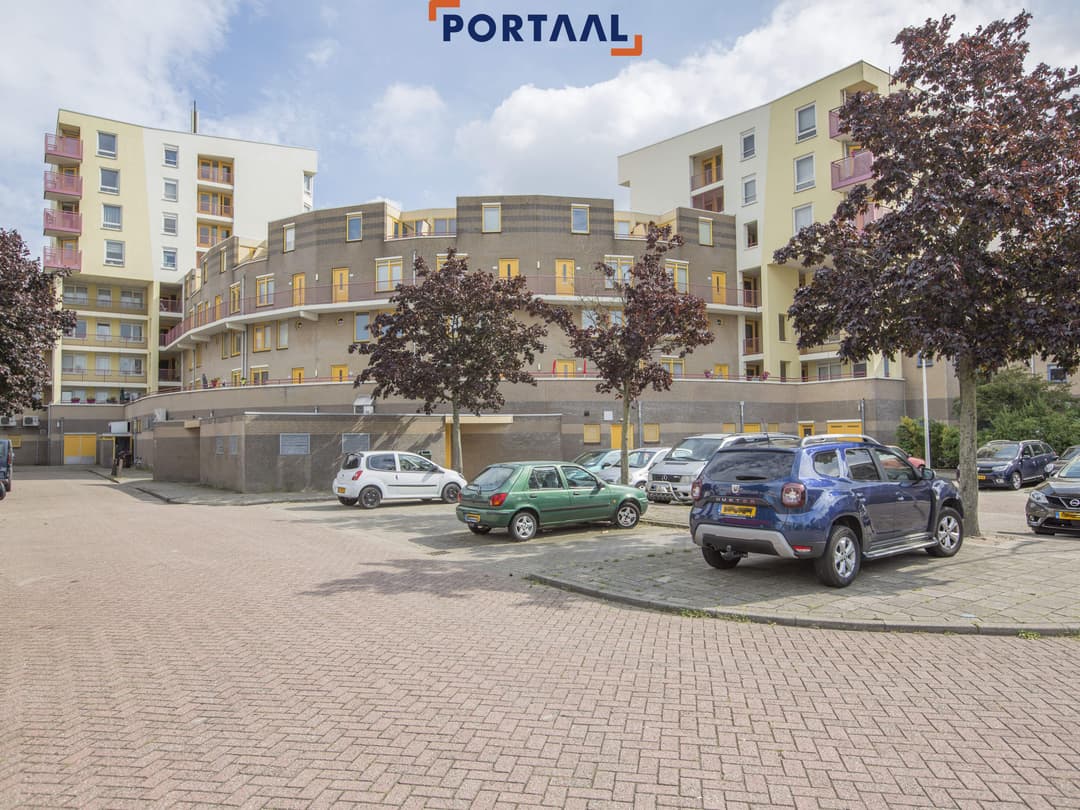
€942.00 / month

€986.00 / month
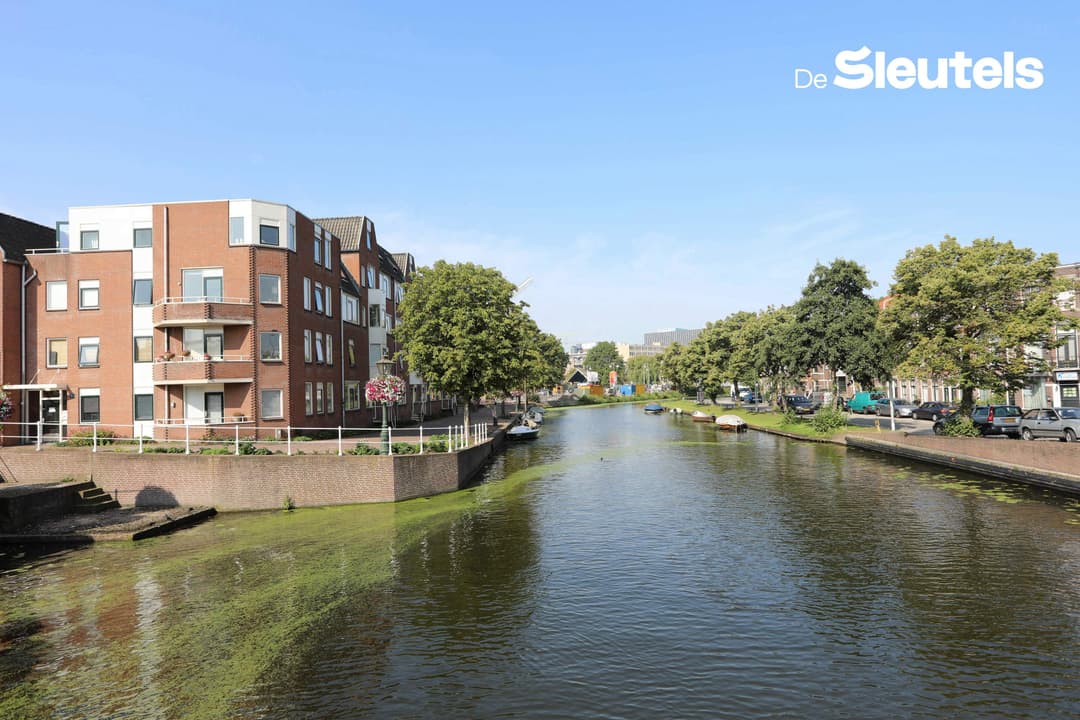
€730.00 / month

€968.00 / month

€677.00 / month

€901.00 / month
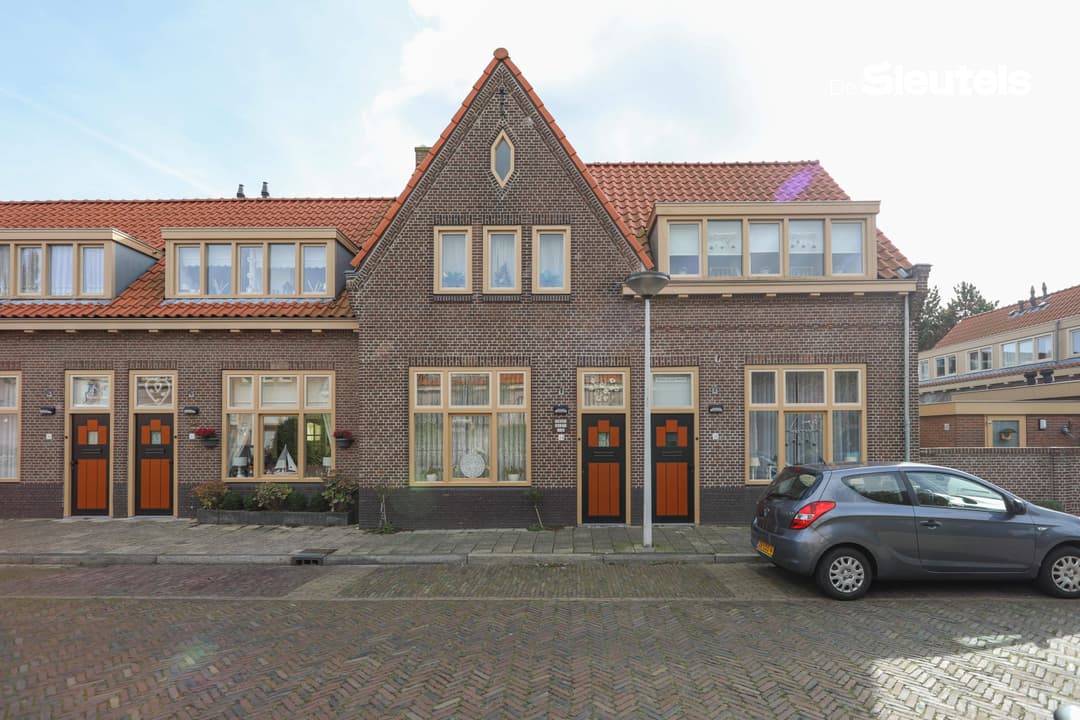
€732.00 / month
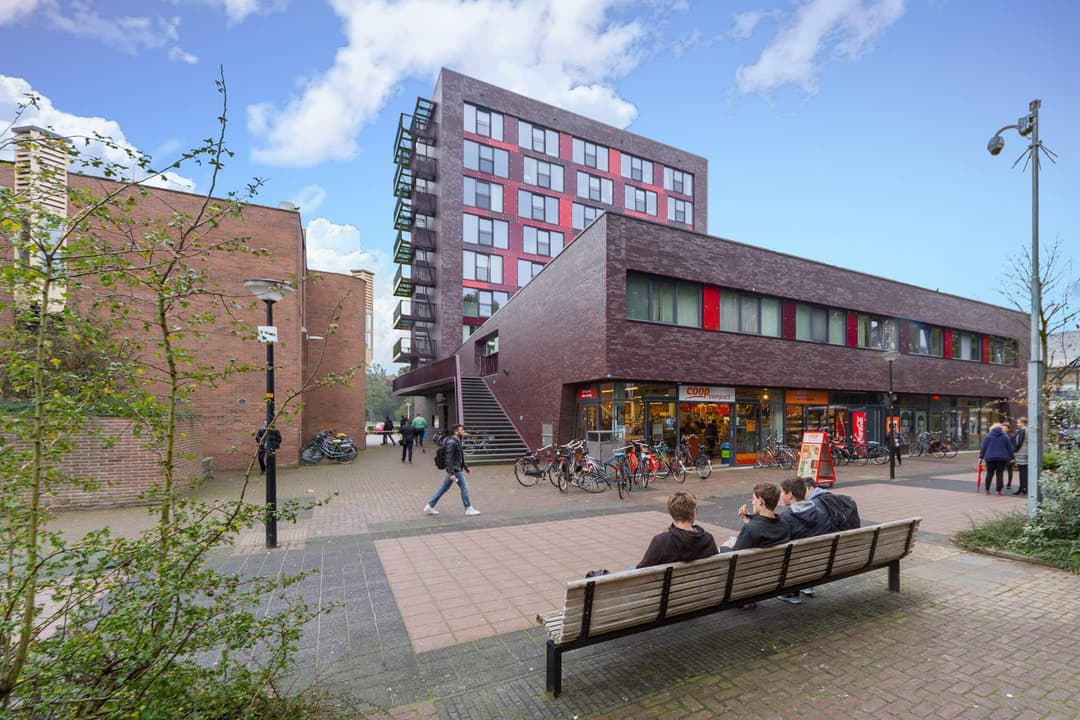
€797.00 / month
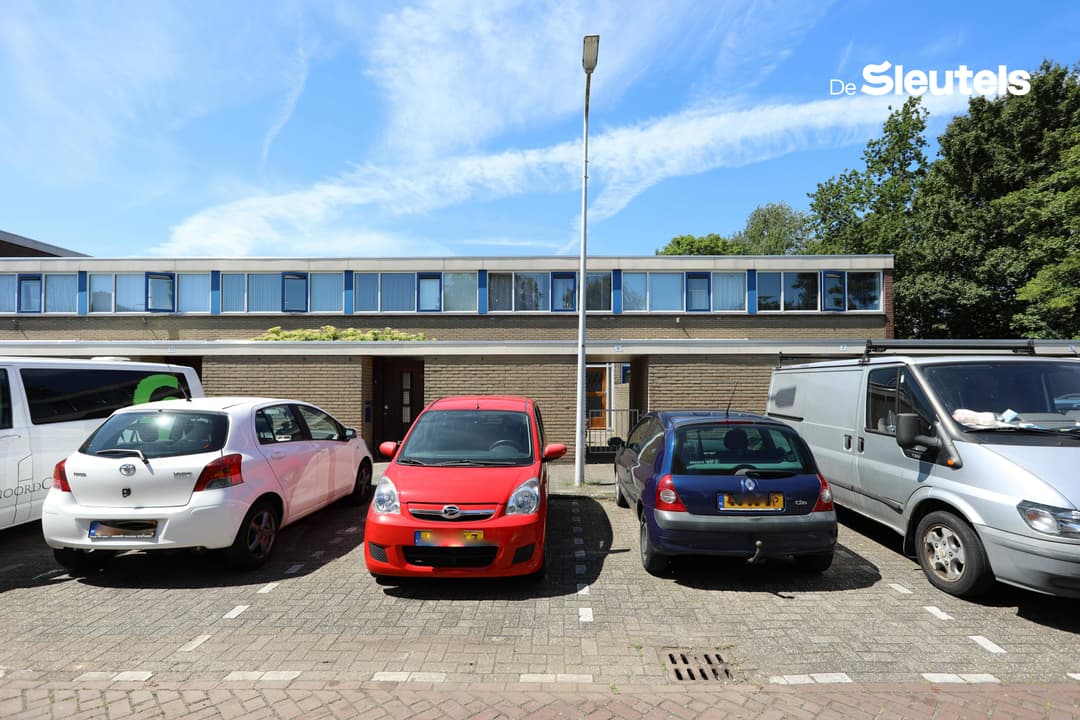
€796.00 / month

€734.00 / month
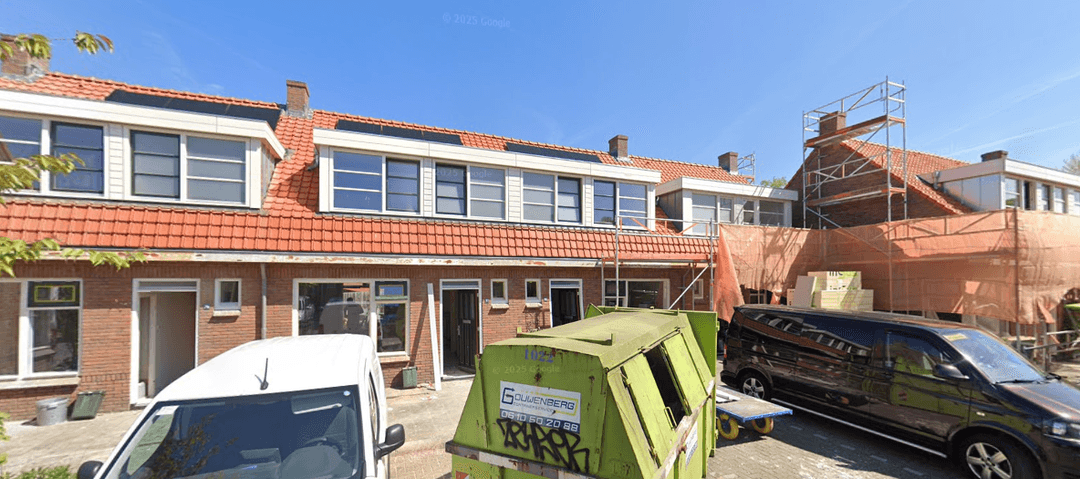
€691.00 / month
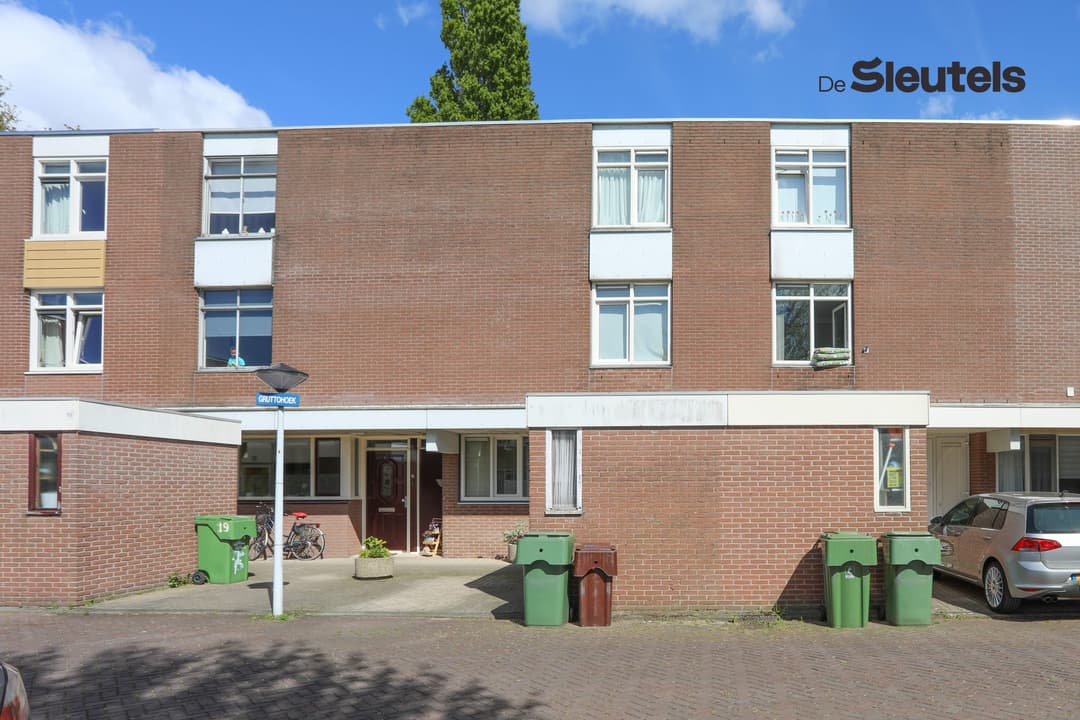
€735.00 / month